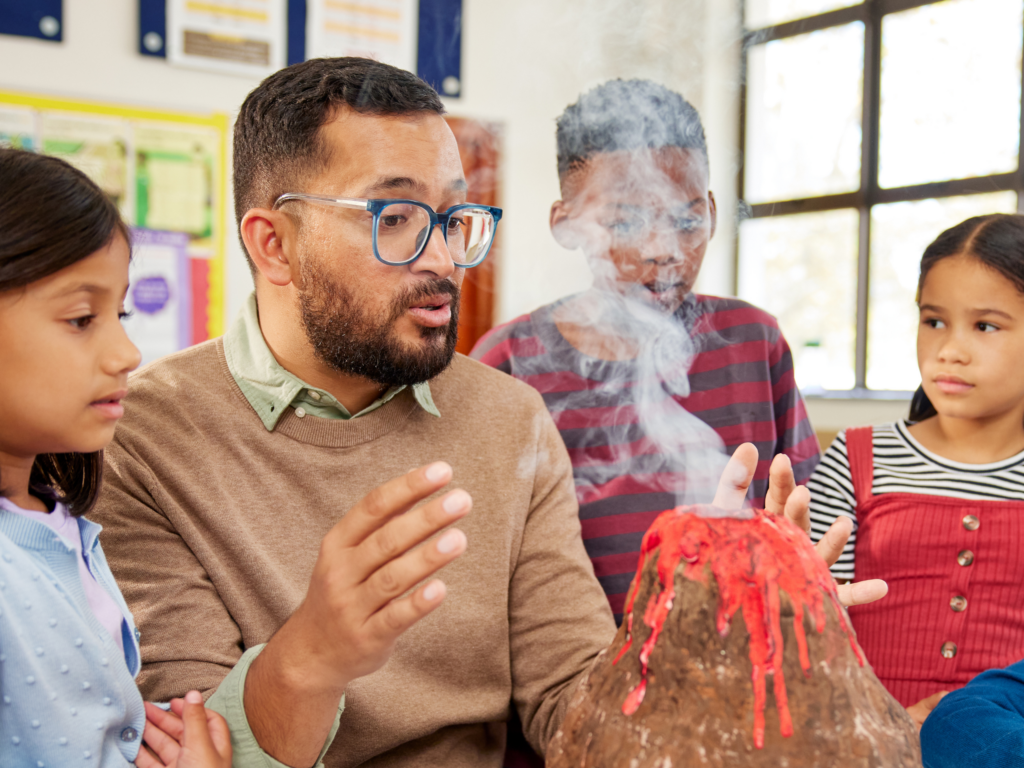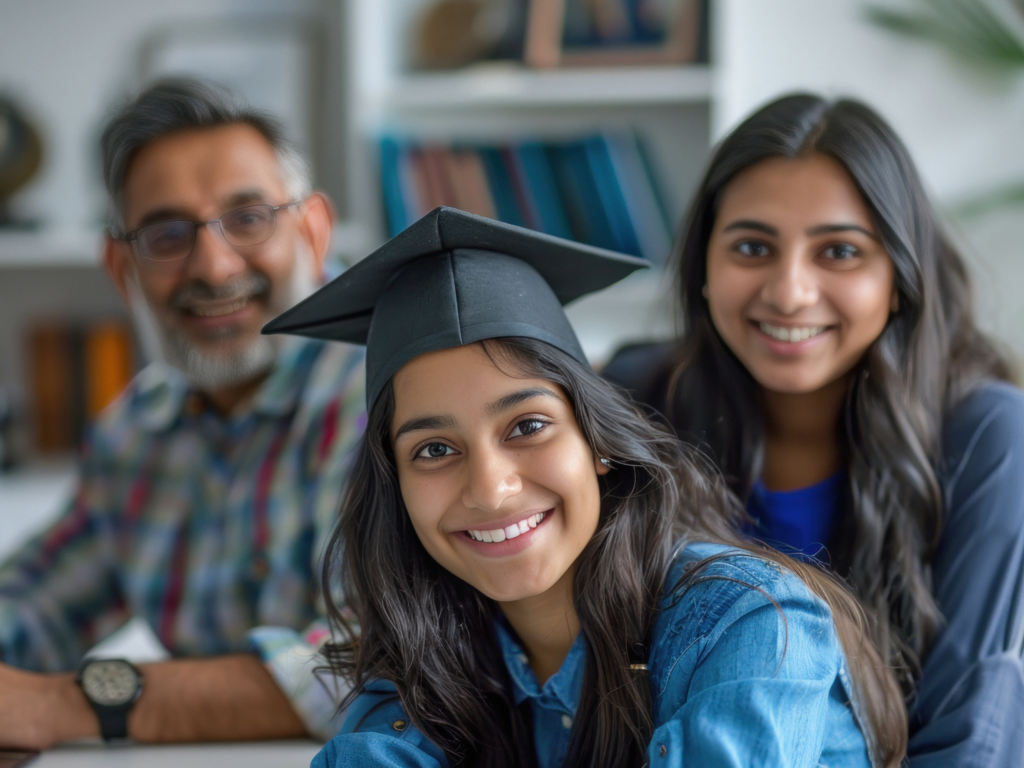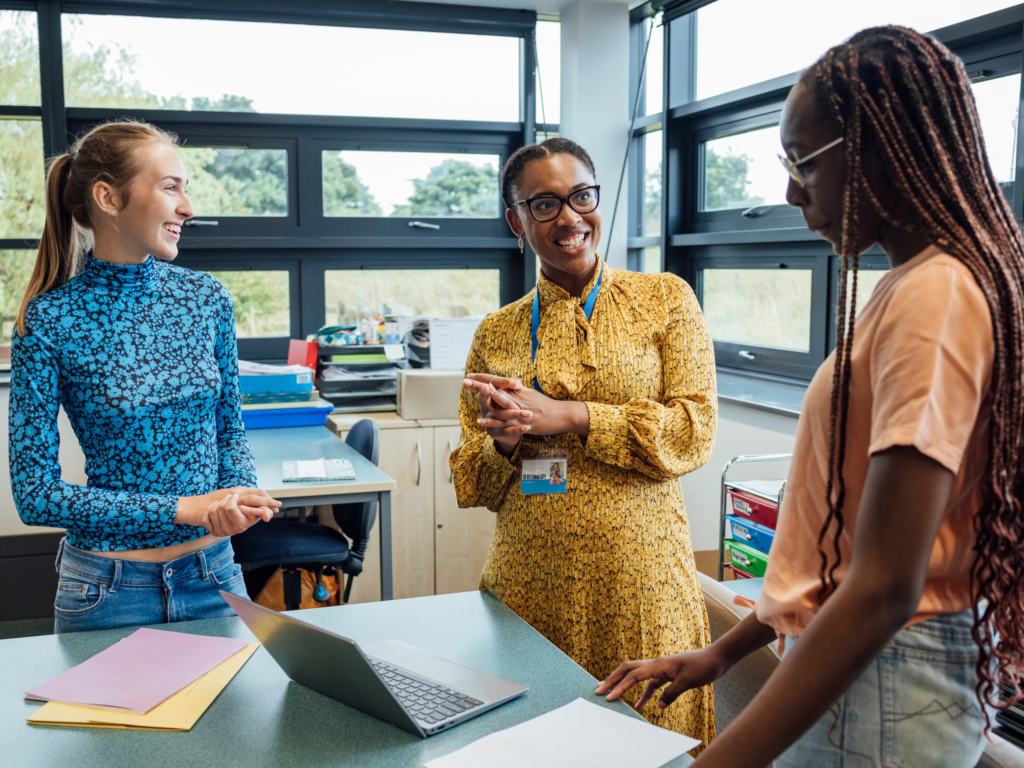Cameron White, Partner and Erin Stark, Senior Associate Partner
Nationwide, 1 in 5 students learn and think differently. Sometimes these students have formally diagnosed disabilities and for others, these differences are undiagnosed and often result in a lack of personalization and engagement. Children who are further marginalized by racism and poverty are especially vulnerable to the effects of school systems that are not designed to meet their needs. Yet with the right instruction and support, students with learning differences can thrive and excel – in and out of the classroom.
After two years of interrupted schooling, this moment represents a unique opportunity to empower students with learning differences in ways that are responsive to short-term needs while also driving systemic change. How can we learn from what is working and continue to reimagine learning environments that support all students’ academic and social-emotional growth? We posed this question to families, educators, researchers, and developers. They shared many insights and perspectives, including three opportunities for how innovators can help schools better meet the needs of students with learning differences.
If you have an early-stage idea for how to empower students with learning differences, please apply to our open funding opportunity by March 28th. We are excited to support innovators who are working to ensure that all students are able to realize their full potential.
1. Create supportive and inclusive learning communities
Too often, students with learning differences can be made to feel like they are the problem. They are told they are not trying hard enough or that they lack discipline when in fact these students are just as bright and capable as their peers. Schools and districts need to account for students’ learning and thinking differences by building more supportive and inclusive communities where these students can learn alongside their peers. Communication and collaboration across differences is a critical aspect of social-emotional development, just as diversity of thinking creates better opportunities for all students to learn and grow. In addition, all teachers should be well-trained and supported to reach every learner. General and special educators must work together to ensure students’ experiences are aligned and integrated throughout the school day.
2. Build stronger school-family partnerships
Students perform better when they feel supported by the adults in their lives. Families are a critical part of students’ learning journeys, supporting development, managing relationships, and building insights about how students learn best. Caregivers and teachers often play a critical role in advocating for students with learning differences to be able to secure the services and support they need. The work of changing perceptions around learning differences – overcoming potential fear and isolation too often associated with diagnosis – is so critical for families looking to get more involved with their students’ learning. At the same time, educators are looking for better systems to communicate and collaborate with families as well as colleagues and support providers. Stronger school-family partnerships can also enable more seamless learning experiences as students move between classrooms and from school to home.
3. Use data and assessments to improve equity
Along with designing environments and instructional materials to reach every learner, data and assessments can be used to improve equity. Data can empower students with learning differences by helping point the way toward new opportunities to demonstrate mastery of knowledge, providing immediate feedback on performance, and enabling short-term goal setting and positive reinforcement. Data can also provide educators with critical insights that enable targeted instructional interventions tailored to each student. There is a need for better and more accurate diagnosis of learning needs, especially approaches that minimize potential biases related to race and income. Students and families also want increased voice and agency, including more input on which academic and social-emotional skills are targeted, and how these relate to individual students’ dreams and goals.
With generous support from Oak Foundation, we are excited to deepen our commitment to equity and fund new solutions and approaches to empower students with learning differences who are also experiencing the impacts of racism and poverty. Oak Foundation’s Learning Differences Programme commits its resources to help unlock the creativity and power of every young person and equip youth to shape more just and equitable communities.
If you have an early-stage idea for how to empower students with learning differences, please apply to our open funding opportunity by March 28th. We are excited to support innovators who are working to ensure that all students are able to realize their full potential. We also plan to share resources and insights along the way!


